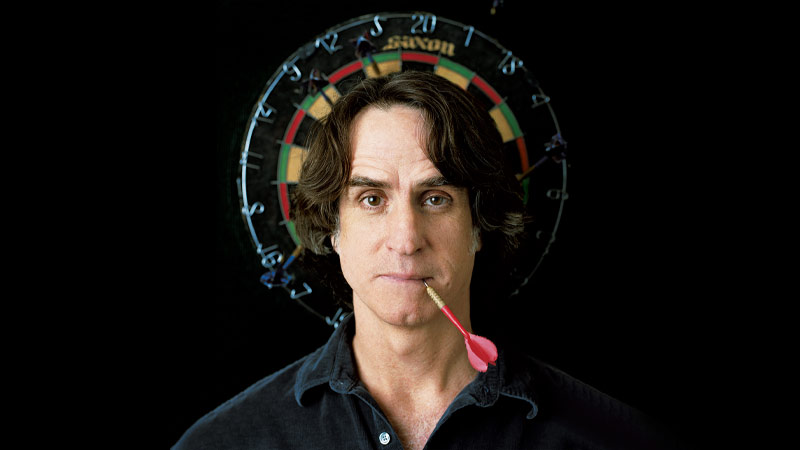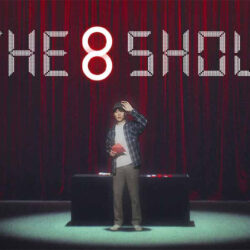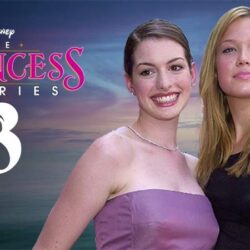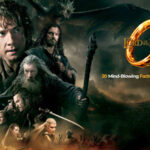Jean-Luc Godard, a prominent figure in the French New Wave movement, is known for his revolutionary approach to filmmaking. With a career spanning several decades, Godard has left an indelible mark on the cinematic landscape, pushing the boundaries of traditional storytelling and challenging conventional filmmaking techniques. In this blog post, we will explore ten signature elements that define Jean-Luc Godard’s distinctive filmmaking style, shedding light on his unique vision and artistic choices.
-
Jump Cuts:
One of the most recognizable aspects of Godard’s filmmaking style is his frequent use of jump cuts. These abrupt transitions within a single shot create a disorienting effect, challenging the viewer’s perception of time and space. By disrupting the continuity of the narrative, Godard emphasizes the artificiality of cinema and encourages active audience engagement.
-
Intertextuality:
Godard is renowned for his extensive use of intertextuality, referring to other films, literature, or art within his own work. By incorporating references to various cultural and artistic sources, he blurs the boundaries between different forms of expression and invites audiences to interpret his films in a broader context. This technique adds depth and layers of meaning to his storytelling.
-
Political Commentary:
Throughout his career, Godard has been deeply engaged with political issues, and his films often serve as a platform for social and political commentary. By incorporating themes of class struggle, imperialism, and alienation, he presents a critical analysis of contemporary society. His films act as a powerful medium for conveying his ideological views and challenging the status quo.
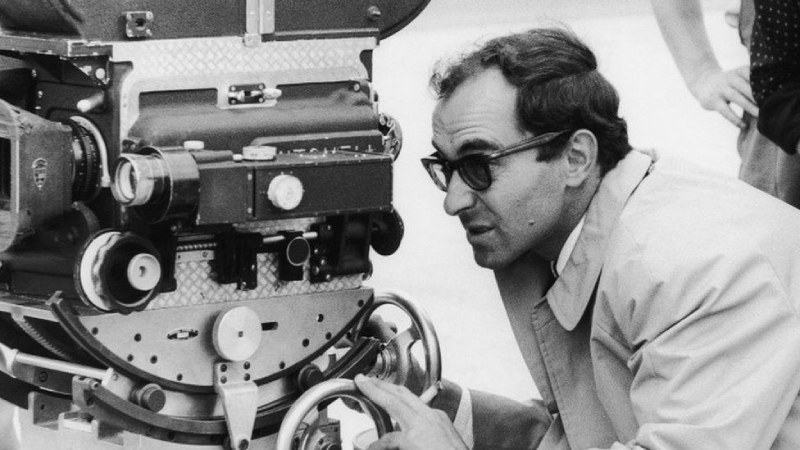
-
Breaking the Fourth Wall:
In a departure from traditional filmmaking conventions, Godard frequently breaks the fourth wall, addressing the audience directly or acknowledging the medium of film itself. By doing so, he encourages viewers to reflect on the artifice of cinema and challenges their passive role as mere observers. This technique enhances the sense of realism and blurs the boundaries between fiction and reality.
-
Nonlinear Narratives:
Godard often constructs nonlinear narratives, deliberately disrupting the chronological order of events. By challenging conventional storytelling techniques, he creates a fragmented and disjointed narrative structure that requires active viewer participation. This approach fosters a sense of ambiguity and encourages audiences to question traditional narrative structures.
-
Aesthetic Experimentation:
Godard’s films are characterized by his relentless pursuit of aesthetic experimentation. He employs various techniques such as unconventional camera angles, juxtaposition of images, and innovative editing styles. By pushing the boundaries of visual storytelling, he creates a distinct visual language that adds depth and complexity to his films.
-
Sound and Music:
Sound and music play a vital role in Godard’s films, often serving as counterpoints to the visual narrative. He uses non-diegetic music, unexpected sound effects, and overlapping dialogue to create a multisensory experience for the audience. This intentional blending of sound and image heightens the emotional impact of his films and contributes to their overall atmosphere.

-
Minimalist Dialogue:
Godard is known for his minimalist approach to dialogue, often reducing it to its essential elements. This sparse use of dialogue allows the visual and auditory components of his films to take center stage. By prioritizing visuals over verbal communication, he emphasizes the power of images in conveying meaning and emotion.
-
Political Montage:
Godard’s films often incorporate montage techniques to convey political ideas and social critique. Through the juxtaposition of images, he creates a collage-like effect, highlighting the contradictions and conflicts within society. This technique enables him to make powerful statements about political and social issues without relying solely on traditional narrative methods.
-
Playful Subversion:
Godard’s filmmaking style is marked by a playful subversion of established cinematic norms. He challenges conventions, breaks rules, and experiments with form to create a unique cinematic experience. This element of surprise and unpredictability keeps the audience engaged and actively involved in the interpretation of his films.
Jean-Luc Godard’s filmmaking style is a testament to his artistic vision and innovative approach to cinema. Through his signature elements such as jump cuts, intertextuality, political commentary, breaking the fourth wall, and nonlinear narratives, he challenges the conventions of traditional filmmaking and invites audiences to actively participate in the interpretation of his work. With his relentless pursuit of aesthetic experimentation and his ability to blend sound and image, Godard has left an indelible mark on the cinematic landscape, inspiring generations of filmmakers to push the boundaries of storytelling and explore new artistic possibilities.
directors filmmaking style jean-luc godard
Last modified: July 10, 2023



